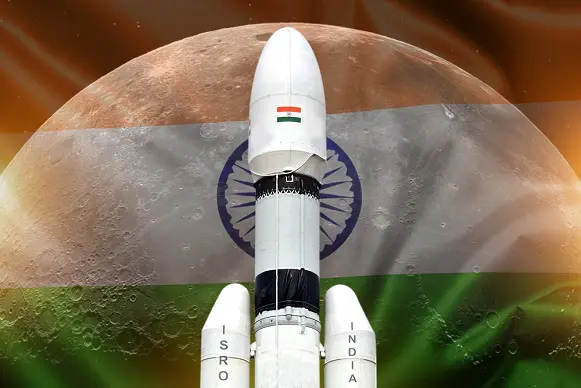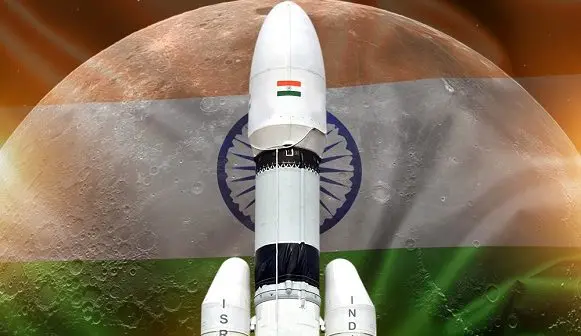
Written by staff writer.
A Polar Satellite Launch Vehicle (PSLV) lifted off from the Satish Dhawan Space Centre, north of Chennai, at 11.50 am (local time) on September 2, carrying the 1481 kilogram Aditya-L1 spacecraft into its intended orbit.
Aditya-L1 will now travel around one and a half million kilometres over the next four months to end up in a halo orbit around the Lagrange point 1 (L1) of the Sun-Earth system. “A satellite placed in the halo orbit around the L1 point has the major advantage of continuously viewing the Sun without any occultation/eclipses,” said the ISRO. “This will provide a greater advantage of observing the solar activities and its effect on space weather in real-time.”
Onboard the spacecraft are seven scientific instruments, including four remote-sensing payloads to observe the solar atmosphere and three in-situ payloads to study the local environment around L1. The ISRO says the resultant data should help scientists better understand coronal heating, coronal mass ejection, pre-flare and flare activities and their characteristics, dynamics of space weather, and propagation of particles and fields.
The satellite will also serve as a sentry, sending warnings back to Earth of particle storms and radiation from heightened solar activity that can affect radio communications, power grids, and low earth orbit satellites.
“Understanding how to safeguard satellites there will have special importance in today’s space environment,” an official from India’s Institute of Space Science and Technology told media.
India is not the first nation to send a spacecraft to study the Sun. However, Aditya-L1 gives a big boost to the country’s growing space sector credentials.
In August, the Chandrayaan-3 spacecraft landed on the Moon, India becoming only the fourth country to achieve a moon landing, the second this century, and the first to land at the South Pole. The Pragyan Rover has since deployed from Chandrayaan-3 and is sending images back to Earth. India’s Prime Minister, Narendra Modi, said the “entire world is witnessing the strength of India’s scientific spirit.”
An attempt by the Russian space agency, ROSCOSMOS, to beat India to the Moon failed earlier in August when the Luna 25 spacecraft crashed onto the surface, with observers noting that India’s rise as a space power coincides with Russia’s decline.
While the Pragyan Rover and other instruments onboard Chandrayaan-3 continue to send back data, when Aditya-L1 is in place, it will collect and transmit observations of the solar corona (the outermost layer); the photosphere (the surface as seen from Earth); and the chromosphere (a layer of plasma between the corona and photosphere.
In addition to the occultation/eclipse advantages, the L1 point is also where gravitational forces are reasonably balanced, reducing the spacecraft’s fuel consumption. Scientists also say that when Aditya-L1 does reach its parking spot later this year, it will have covered only 1% of the distance between the Earth and the Sun.





